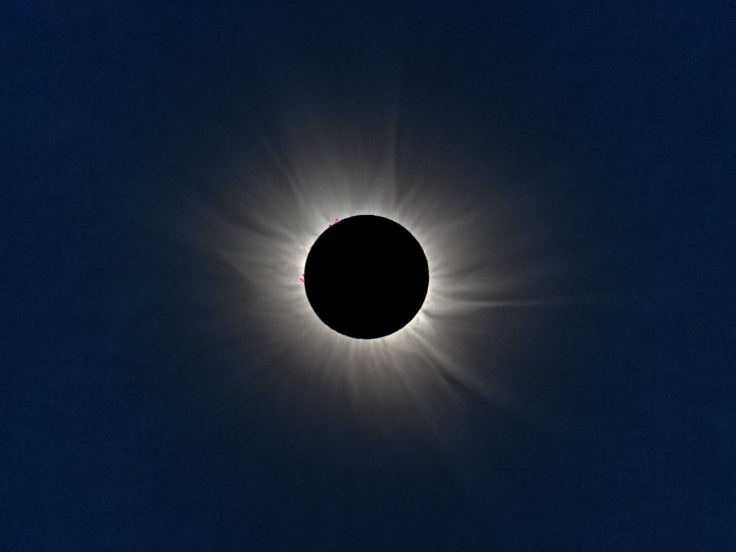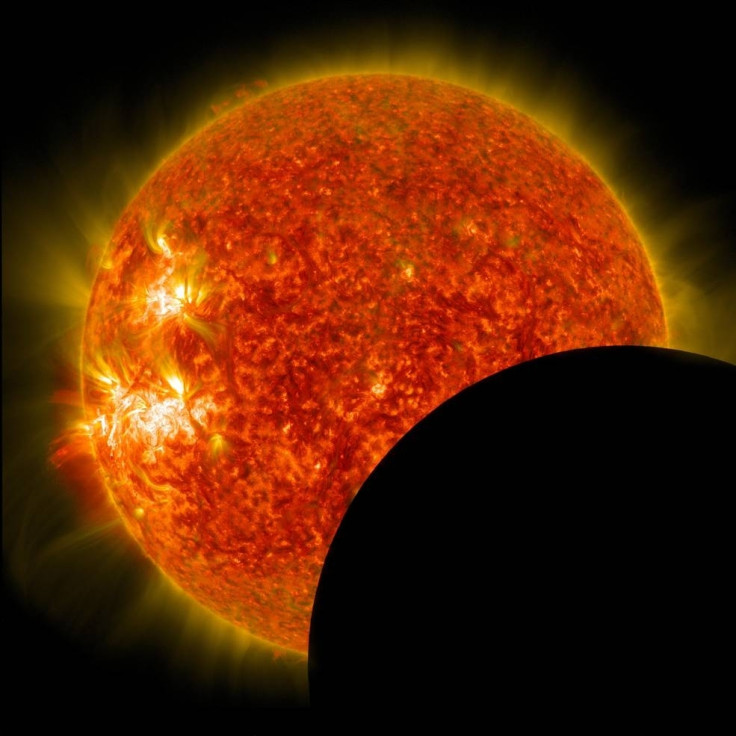Solar eclipse 2017: This will be a once in a lifetime chance to see the sun's corona
The corona is not usually visible with the naked eye but during a total solar eclipse you can get a glimpse.

The US total solar eclipse of August 2017 will provide scientists with valuable information about the sun's activity and its effects on Earth's atmosphere.
Solar physicists see it as a unique opportunity to observe first-hand the Sun's corona and to involve the public in citizen science projects to improve our understanding of our star, its magnetic field and space weather.
The corona is the outermost part of the sun's atmosphere, with is not usually visible with the naked eye, as it is hidden by the bright light from the sun's surface.
But during a total solar eclipse, it's possible to get a glimpse of the corona - and this is very important to understand how space weather, including solar wind, affects our planet. The corona extends far our into space, producing strong solar winds that travel quickly throughout the solar system, and encounter Earth and its protective magnetic field.
Some of the charged particles of the solar winds are deflected, but some can make their way near to Earth. There, they can disrupt communication and navigation satellites and damage power grids. They are also responsible for creating auroras.
Studying space weather
Scientists' ability to predict space weather has improved in recent years, but many challenges remain.
When there are no solar eclipses, devices known as coronagraphs can be used to occlude sunlight and to study the corona. However, they are usually made to be larger than the disc of the sun to protect telescopes from damage, and they tend to block out the very low corona from the view of scientists.
This is an issue as "scientists are interested in the low corona because that's where a lot of the sun's activity is and that's where the origins of space weather are," Carrie Black, from the US National Science Foundation, explained during a recent press conference about the upcoming total eclipse.
Compared to coronagraphs, the moon blocks out sunlight perfectly during a total solar eclipse. Indeed, it 400 times smaller than the sun and 400 times closer to Earth, so it can cover the surface of the sun perfectly if the two bodies are aligned. The 2017 total eclipse will thus be a unique opportunity to study the corona directly and to improve scientific knowledge of the sun's activity.

"Eclipses help us study the sun's corona. We live in the sun's corona and the sun places our technology-dependent society in peril almost daily. Many of our systems such as satellite communications are dependent on the sun's activity, so it's important for us to understand the connection between the sun and the Earth, and to forecast space weather," added Scott McIntosh, Director of the National Center for Atmospheric Research High Altitude Observatory.
During the eclipse, scientists hope to make many measurements of the physical properties of the corona and to find out more about why it is so hot - the high temperatures of the corona, compared with the temperature of the surface of the sun, have long been a mystery.
The eclipse will also be an opportunity to study the ionosphere, a layer of the Earth's atmosphere. The shadow of a total eclipse indeed creates changes the ionosphere - and scientists want to find out more about how much of the ionosphere is affected by the solar eclipse, and for how long.
Finally, the eclipse will be used to test new scientific instruments and to conduct crowd-sourcing experiments. Scientists want to encourage people to participate to citizen science projects and to take thousands of pictures of the eclipse that will then be analysed in details over the coming years.
As such, they view the eclipse as a 'natural laboratory' to understand the sun, the Earth, and how far public engagement can help advance scientific knowledge.
Examples of citizen science projects you can join
Eclipse Megamovie: This project will gather images of the 2017 total solar eclipse from over 1,000 volunteer photographers and amateur astronomers, and everyone else interested to join. These pictures will then be put together to create an expanded and continuous view of the total eclipse as it crosses the United States. Check out the details here.
iNaturalist: People can download this iTunes app to record their observations of animals and plants during the eclipse. There is some anecdotal evidence that plant and animal life react to the environmental changes that occur during a total solar eclipse, and gathering data will be crucial to confirm this.
© Copyright IBTimes 2025. All rights reserved.






















